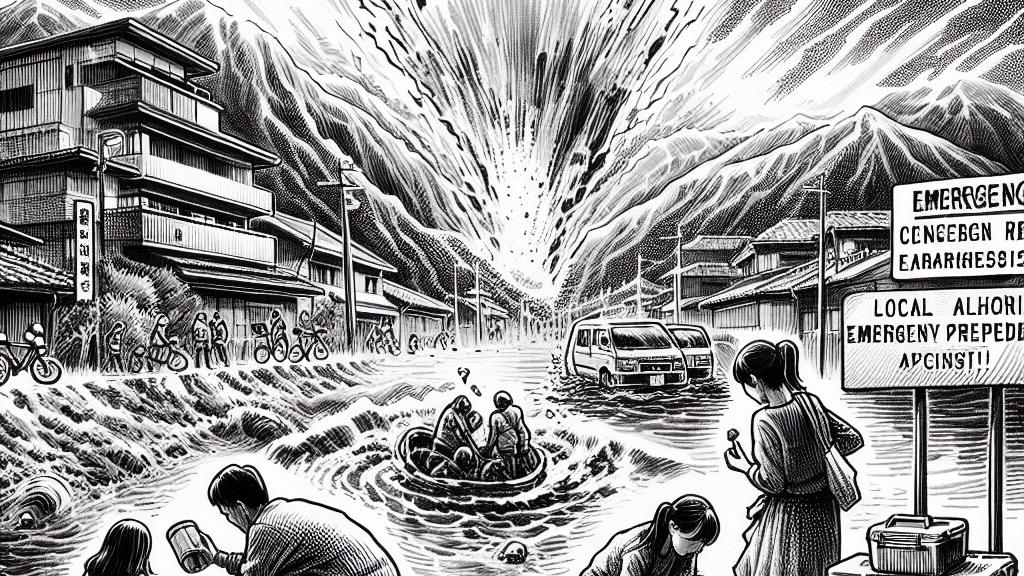The Necessity of Nankai Trough Emergency Information: Key Issues Highlighted by Geoscientists
Overview
- The recent emergency alerts for Nankai Trough earthquakes have ignited passionate discussions among experts and communities alike.
- Concerns have been raised that such alerts may lead to unnecessary panic, diverting focus from essential preparedness actions.
- Grasping the intricacies of seismic activity is crucial for developing effective disaster response plans and fostering community resilience.

Understanding the Nankai Trough Emergency Alerts
In Japan, the Nankai Trough region, notorious for its seismic risks, has recently made headlines with its first-ever emergency alert, which signifies the potential for catastrophic earthquakes. This alert followed a magnitude 7.1 earthquake in August 2024, a tremor that sent shockwaves through nearby communities and caused many residents to reconsider their emergency plans. Local authorities quickly emphasized the necessity for heightened vigilance, calling upon citizens to prepare for the possibility of future seismic events. The situation not only aimed to ensure the public's safety but also to foster a culture of proactive readiness, as echoed in the increasing conversations among families regarding disaster preparedness.
Expert Opinions and Concerns
However, the alerts have sparked significant debate among geoscientists, particularly with voices like Takeshi Sagitani raising pivotal questions about their efficacy. Experts argue that while awareness is essential, the nature of the alerts could inadvertently cause widespread fear rather than rational preparation. For example, asserting the risk of M9 earthquakes, while dramatic, may exceed established scientific expectations and lead to an overall sense of fatalism among residents. Sagitani suggests that by enriching the narrative surrounding these alerts with evidence-based insights, communities could be guided toward useful actions, such as properly securing heavy furniture or developing family emergency communication plans. This informed approach could transform potential disasters into opportunities for learning and growth, emphasizing fact over fear.
Building a Resilient Community: Implications for Preparedness
The implications of these discussions extend far beyond immediate responses; they challenge the very framework of disaster preparedness in Japan. Experts assert that while the probability of significant earthquakes is relatively low when viewed through historical data, this should not minimize the importance of rigorous community training. For instance, educational programs that teach individuals how to react during an earthquake or how to assemble comprehensive disaster kits could be invaluable. Moreover, community drills—where families practice evacuation routes and safety protocols—can enhance confidence and readiness. By fostering an environment that prioritizes education and preparedness, Japan can not only enhance its safety but also empower its citizens to manage crises effectively when they arise. Ultimately, this proactive stance is key to building a nation that is not merely reactive but resilient in the face of inevitable seismic challenges.

Loading...